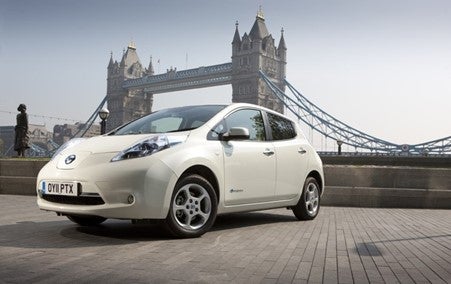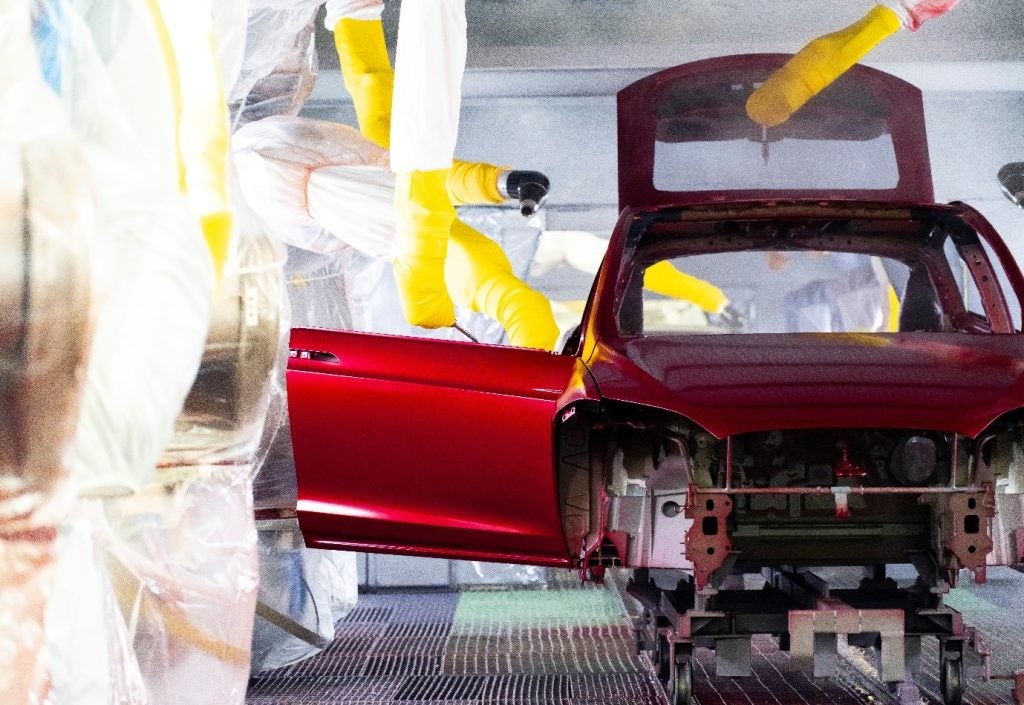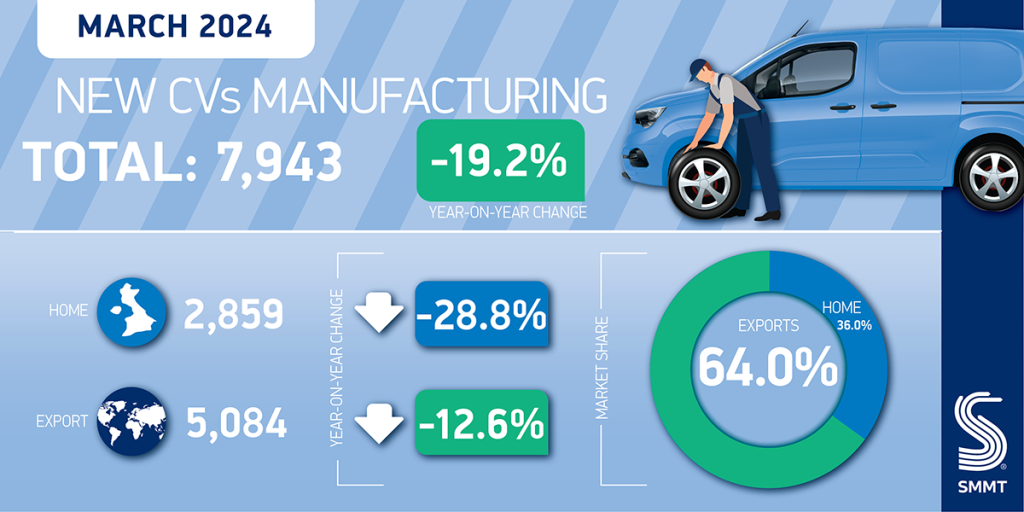When a stone chips your windscreen, what are the chances of it turning into crack if left unrepaired? If you get the damage repaired quickly it could save your windscreen, writes Matthew Beecham. But if you let it go too long then the crack could spread due to changes in temperature and road vibration. Once the crack spreads, repairing the windscreens becomes almost impossible.
Now showing on a screen near you
New research by Belron, the world’s largest auto glass repair and installer, has found that a windscreen chip can have on average more than an 80% chance of developing into a crack when a vehicle is being driven in normal winter conditions which are common to many countries. The findings resulted from tests commissioned by Belron and carried out by Swansea Metropolitan University in a climatic wind tunnel at MIRA‘s facilities in Nuneaton, UK.
The partners used the Best of Belron 2008 competition, also staged at MIRA earlier this week, to announce the results. “It has always been thought that if a windscreen chip was not repaired, then in normal winter driving conditions it would develop into a crack that would require the replacement of the whole windscreen,” said Dr Chris Davies, head of technical research and innovation at Belron Technical. “We really wanted to test this theory under rigorous scientific conditions, and so we commissioned Dr Gwénaëlle M Daniel, research associate at Swansea Metropolitan University to help us.
“Dr Daniel carried out experiments where two chips were made in a windscreen – one was repaired (without the windscreen being replaced) by injecting a resin into the damage and the other was left untouched. We then replicated normal winter driving conditions, which are common to many countries, using a climatic wind tunnel at MIRA. During 88 separate tests the un-repaired chips grew into larger, non-repairable crack on 71 occasions. None of the repaired chips became cracks. What this highlights is the importance of repairing a windscreen chip as soon as possible. Repair is a simple, cost effective and environmentally friendly option. If the chip is left there is a very high risk that it will develop into a crack in normal winter driving conditions and the whole windscreen will then need replacing.”
How well do you really know your competitors?
Access the most comprehensive Company Profiles on the market, powered by GlobalData. Save hours of research. Gain competitive edge.

Thank you!
Your download email will arrive shortly
Not ready to buy yet? Download a free sample
We are confident about the unique quality of our Company Profiles. However, we want you to make the most beneficial decision for your business, so we offer a free sample that you can download by submitting the below form
By GlobalDataThe experiment involved placing thermocouples at each chip site to monitor glass temperature and then driving the vehicle into MIRA’s Cwt2 wind tunnel and cooling to -10°C. The windscreen was sprayed with water to create a layer of frost, and when both sides reached -10°C, the engine was revved to 3,000 RPM and a headwind of 70kph generated. The windscreen de-mister was switched on and the experiment was run for a maximum of eight minutes.







